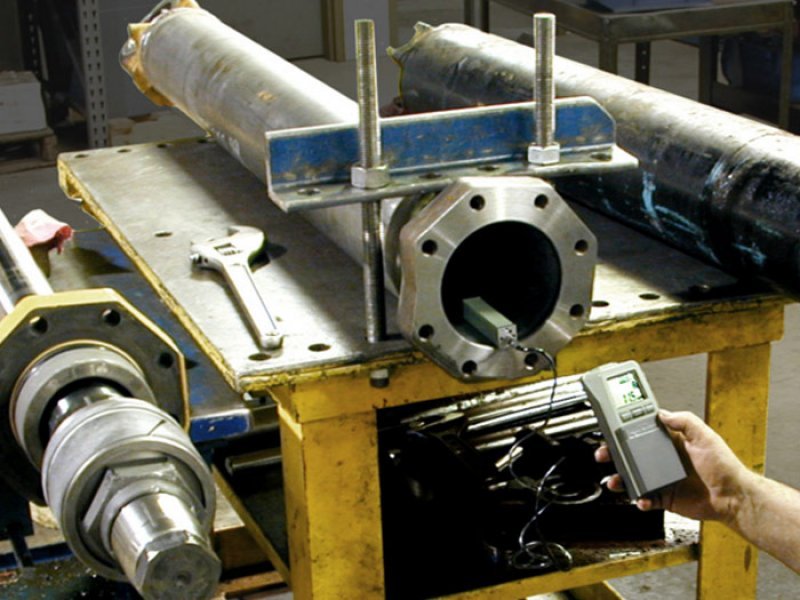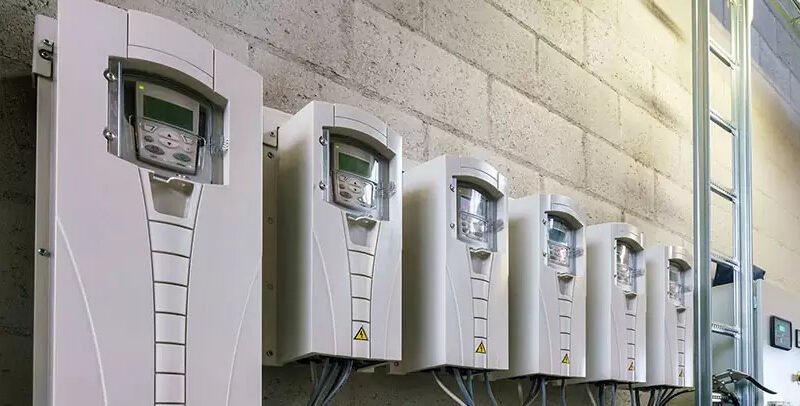If you’re anything like us, you love a good piece of biltong. Not only is…
All You Need To Know About Hydraulic Filters
Are you curious about Hydraulic Filters System? Well, you’ve come to the right place! In this blog post, we will dive into the world of hydraulic filters, exploring what they are, why they are important, and how they work. So, let’s get started and uncover the secrets behind these vital components of hydraulic systems!
Why Are Hydraulic Filters Important?
Hydraulic filters play a crucial role in maintaining the overall health and performance of hydraulic systems. Here are a few reasons why hydraulic filters are important:
- Contaminant Removal: Hydraulic filters efficiently remove contaminants from the hydraulic fluid, preventing them from circulating within the system and causing damage to sensitive components.
- Extended System Life: By keeping the hydraulic fluid clean, hydraulic filters help extend the life of the system by reducing wear and tear on components, minimizing the risk of system failure, and optimizing performance.
- Improved Efficiency: Clean hydraulic fluid ensures smooth operation, reducing friction and pressure drops within the system. This leads to improved efficiency, resulting in better overall system performance.
- Cost Savings: Regularly replacing hydraulic filters is a cost-effective maintenance practice compared to the potential expenses associated with repairing or replacing damaged system components due to contaminated fluid.

How Do Hydraulic Filters Work?
Hydraulic filters use various filtration mechanisms to capture and remove contaminants from the Hydraulic Pumps. The most common types of hydraulic filters include:
- Mechanical Filters: These filters use a fine mesh or screen to physically trap contaminants, preventing them from entering the system.
- Bypass Filters: Bypass filters operate alongside the main flow path and divert a portion of the hydraulic fluid through a separate filter. This allows for more thorough filtration of the fluid.
- Magnetic Filters: Magnetic filters utilize magnets to attract and capture ferrous particles present in the hydraulic fluid, such as metal shavings or iron dust.
- High-Pressure Filters: These filters are specifically designed to withstand high-pressure environments, ensuring effective filtration even in demanding hydraulic systems.
Choosing the Right Hydraulic Filter
Selecting the appropriate hydraulic filter for your system is crucial to ensure optimal performance and longevity. Here are a few factors to consider when choosing a hydraulic filter:
- Flow Rate: Determine the flow rate requirements of your hydraulic system to select a filter that can handle the volume of fluid without causing significant pressure drops.
- Micron Rating: Consider the micron rating, which indicates the filter’s ability to capture different sizes of particles. Choose a filter that matches the specific requirements of your system.
- Operating Conditions: Assess the operating conditions, including temperature and pressure levels, to choose a filter that can withstand the demands of your system.
- Maintenance Requirements: Evaluate the maintenance needs of the filter, including ease of replacement and recommended service intervals, to ensure it aligns with your maintenance schedule.
Conclusion
Hydraulic filters are vital components in hydraulic systems, ensuring the cleanliness and efficiency of the hydraulic fluid. By removing contaminants, hydraulic filters help to extend the life of the system, improve its performance, and ultimately save on maintenance costs. Remember to choose the right hydraulic filter for your system based on factors like flow rate, micron rating, operating conditions, and maintenance requirements.
Now that you have a better understanding of hydraulic filters, you can make informed decisions to keep your hydraulic system running smoothly. Take care of your filters, and they will take care of your hydraulic system!
Thank you for reading, and stay tuned for more informative articles about hydraulic systems and their components.













